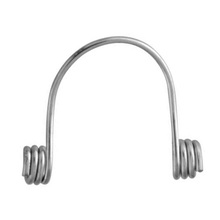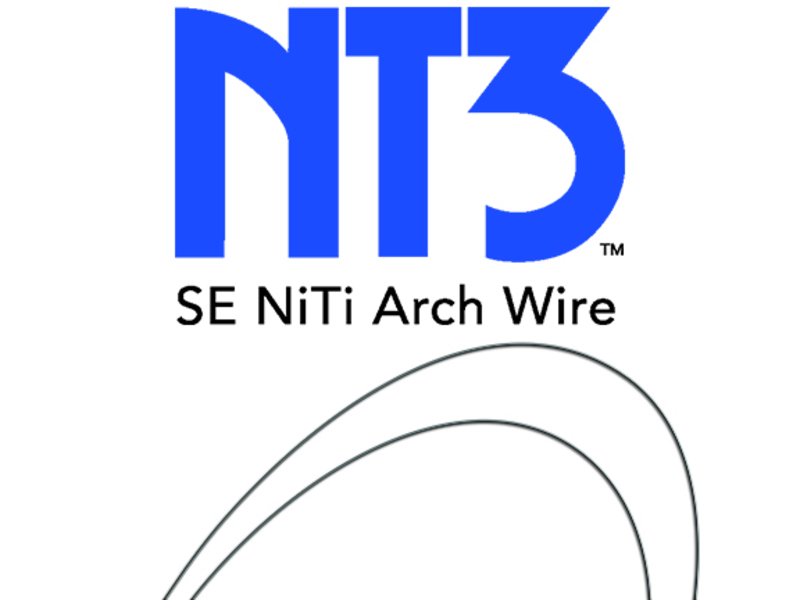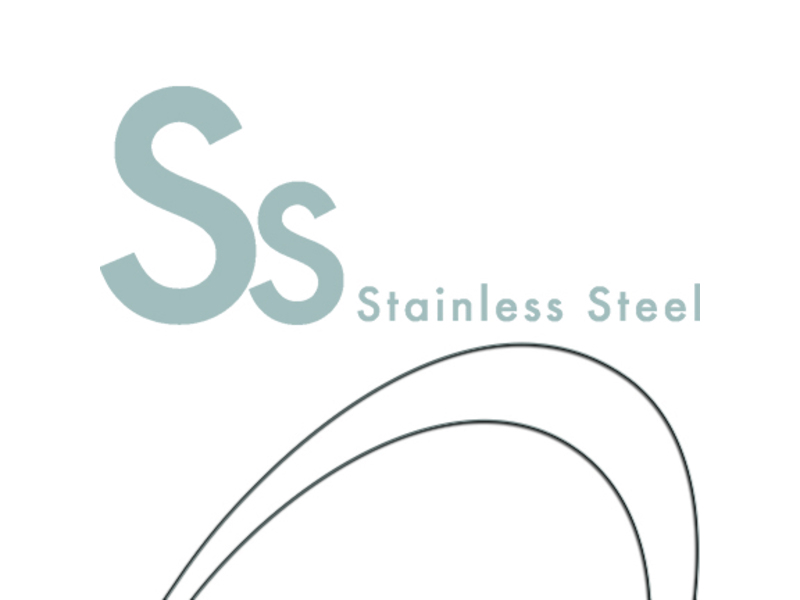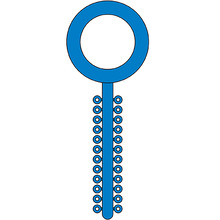Warren Torquing Spring: The Single-Tooth Torque Solution—Benefits & Step-by-Step Guide
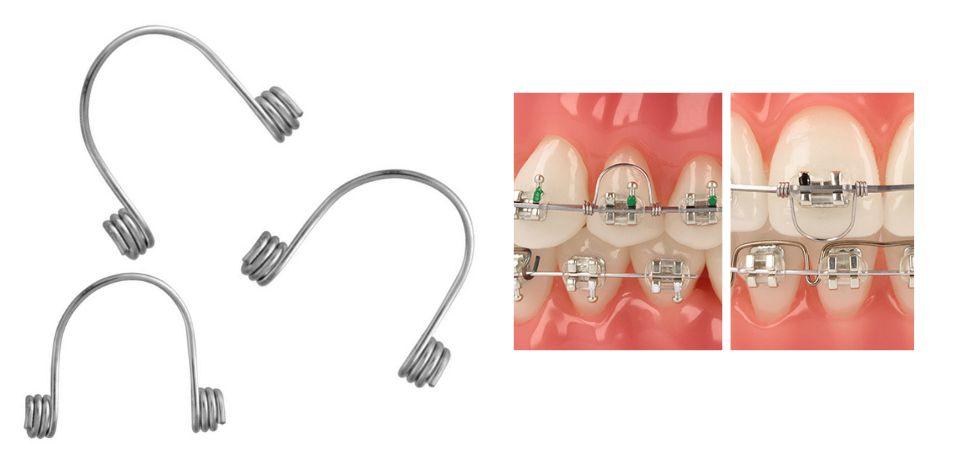
Achieving precise root torque on a single tooth remains one of the most frustrating bottlenecks in everyday orthodontics. Upside-down bracket placement and wire-bending are time-consuming, uncomfortable for the patient, and often deliver inconsistent results. The Warren Torquing Spring was engineered to eliminate these headaches. It is is a specialized orthodontic auxiliary device used to apply additional torque to individual anterior teeth to achieve precise control over their positioning.
Warren Torquing Spring is a specialized orthodontic auxiliary device used to apply additional torque to individual anterior teeth to achieve precise control over their positioning.
Key Benefits
-
Predictable TorquePre-calibrated force moment delivers the exact root movement you planned. No extrusive or intrusive side effects—because the spring is centered over the long axis of the tooth.
-
Zero Chairside Wire BendingNo need to remove, mark, bend, and re-insert the arch-wire. The spring is seated in seconds.
-
Patient Comfort & ComplianceRounded, low-profile design eliminates the sharp edges common in manual bends. Reduced friction and lighter forces mean less pain and fewer emergency visits.
Step-by-Step Placement Guide
- Select the Working Wire.
- Choose the Correct Spring. Match the wire slot dimension printed on the spring package.
- Load the Spring onto the Wire. Slide the spring from the distal end of the arch-wire with the helix arch (loop) facing the inner (lingual) side of the wire.
- Seat the Arch-Wire. Center the spring loop over the mid-buccal surface of the target tooth.
- Orient for Desired Torque Direction. Buccal (negative) root torque: rotate the loop so the free leg points toward the incisal edge. Lingual (positive) root torque: rotate the loop so the free leg points toward the gingival margin.
- Ligate the treated tooth and at least one adjacent tooth on each side securely to avoid undesired tooth movements, using figure-8 elastics or ligature wire
Torque Direction
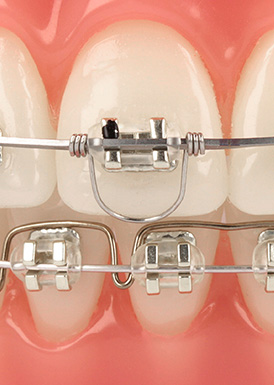
Buccal (Negative) Root Torque
Orienting the spring arch toward the incisal edge of the tooth will cause buccal (negative) root torque.
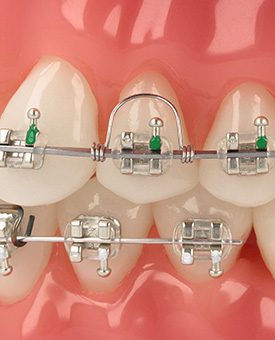
Lingual (Positive) Root Torque
Orienting the spring arch toward the gingival edge of the tooth will cause lingual (positive) root torque.
Conclusion
The Warren Torquing Spring turns a traditionally time-consuming procedure into a plug-and-play experience. With predictable force delivery, universal compatibility, and zero wire bending, it saves valuable chair time, enhances patient comfort, and—most importantly—delivers the exact root torque your finishing cases deserve.

